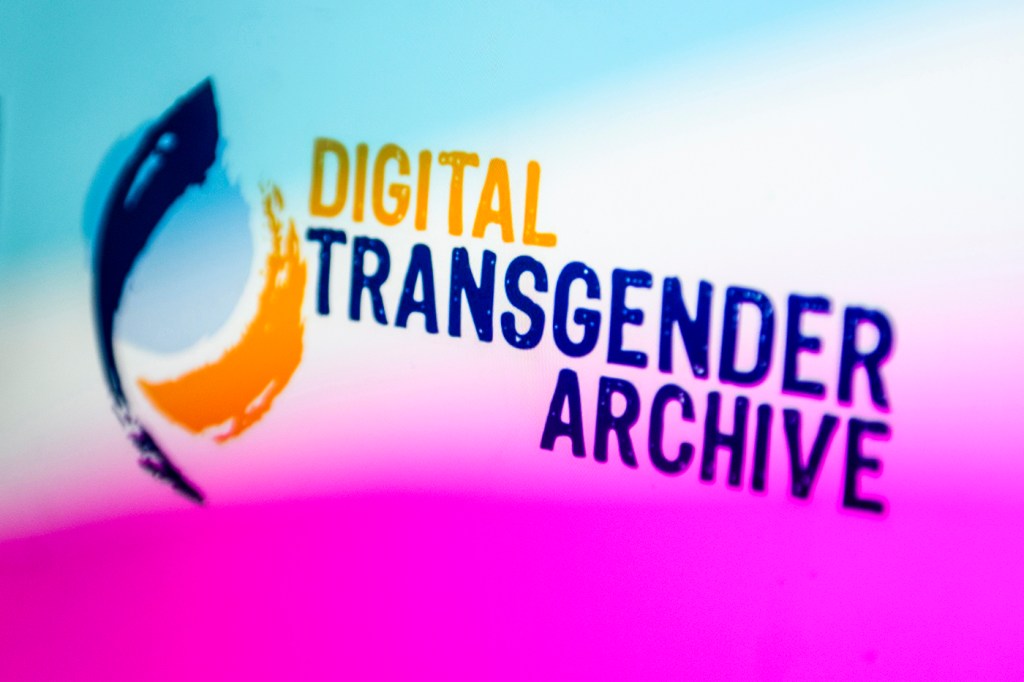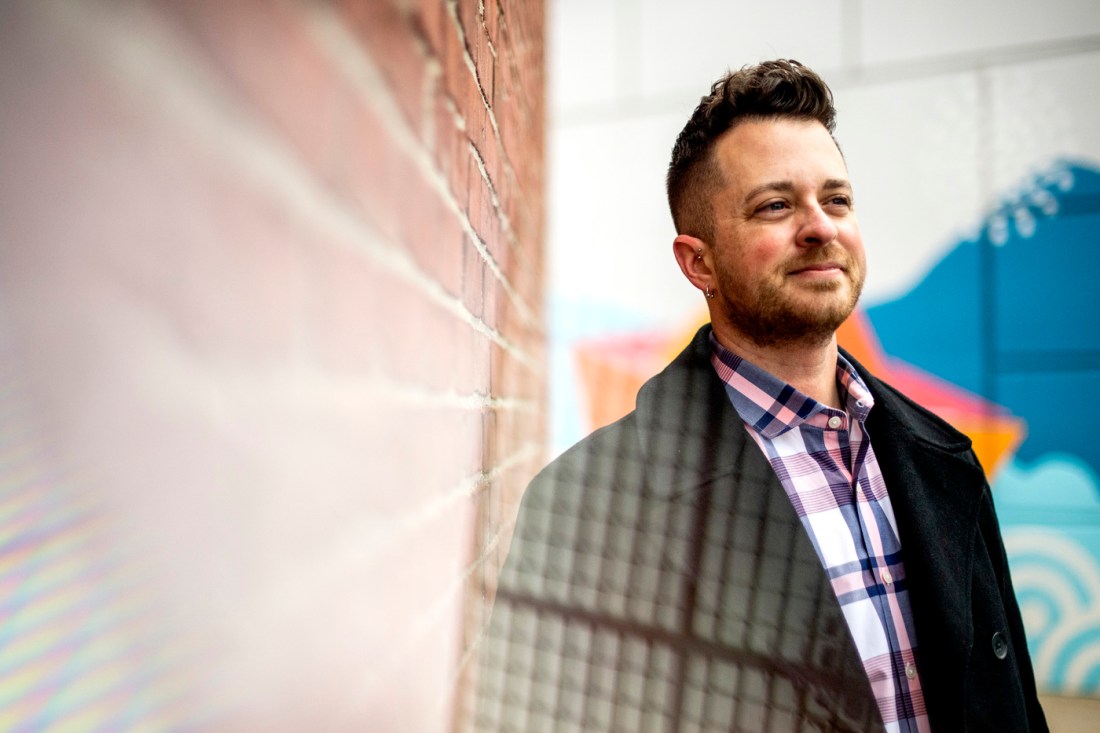Award-winning Digital Transgender Archive makes often hidden yet sprawling trans history accessible

When it comes to history, the biggest challenge can sometimes just be accessing it in the first place. That’s particularly true for the histories of marginalized groups.
K.J. Rawson is making sure that’s not the case for transgender people.
Rawson, an associate professor of English and women’s, gender and sexuality studies at Northeastern University, launched the Digital Transgender Archive in 2016 to help ensure that anyone who wants to learn about transgender history can do so. The archive is a free, online hub that includes a collection of more than 10,300 digitized historical materials submitted by more than 70 universities, nonprofits, public libraries and private collections.

“The real purpose and goal of the project is to make trans history more accessible,” Rawson says. “That’s really what drives all of our decision-making and all of the efforts behind it.”
With materials that date all the way back to the 16th century, Rawson says the Digital Transgender Archive weaves a tapestry of trans history that has unprecedented depth and breadth.
The archive’s emphasis is on pre-2000 material in an effort to “focus on materials that were harder to find” and “to really look at the moments before the term and concept of transgender exploded into the public sphere.” The term “transgender” is relatively new––Rawson says the first time he found it in print was in 1965 and that it didn’t gain wide usage until the 1990s––so the archive’s definition of trans is purposefully broad and inclusive.
“We use the term transgender in the most capacious sense possible to mean transgression of gender norms in whatever historical or cultural context we’re looking at,” Rawson says. “It just allows us to be really wide in our collecting scope, and then often we let researchers sort out what it might mean.”
The Digital Transgender Archive has grown significantly since 2016 when Rawson launched it. It started with less than 10 contributors and now has around 78, most of whom contact the archive directly. It’s been featured by the Criterion Collection. The project’s trajectory is a sign not only of the archive’s growing profile but importance, Rawson says, particularly at a time when trans people face higher rates of violence and attacks on their rights.
“We have a lot of archivists and librarians out there who are feeling this moment and wanting to do something to elevate knowledge about trans communities,” Rawson says. “Partnering with us is one way to do that.”
Rawson hopes to grow the archive even more by filling in the gaps of history, particularly when it comes to transgender and gender nonconforming Black, indigenous and people of color. In 2022, Rawson secured a three-year grant from the Council on Library and Information Resources that will allow the Digital Transgender Archive to digitize and make available more than 20,000 pages of archival materials focused on BIPOC communities. The grant will also allow Rawson to develop projects like a four-episode podcast, eight-part video series and lesson plans.
“What we found is that if we just follow the path of least resistance and we process all of the materials that are immediately donated to us and flagged as trans related, we are going to have an overwhelmingly and suffocatingly white collection,” Rawson says. “At a certain point four years ago, I took a step back and said, ‘This is such a problem.’”
No matter what era the archival material is from––whether it’s from the 1580s or the 1980s––what makes the Digital Transgender Archive stand out is its emphasis on the little things. The stories of famous trans figures like Christine Jorgensen are important parts of the historic record but so are the everyday stories of trans and gender nonconforming people, Rawson says.
The archive is in the process of digitizing a collection of Christmas cards from Marsha P. Johnson, an outspoken advocate for gay rights who self-identified as a drag queen. Rawson says items like these cards help humanize people who are too often seen as casualties of bigotry.
“Really being able to find stories of people living and surviving and thriving is so central to the work that we’re trying to do, and sometimes we find that in the most profound ways from the everyday,” Rawson says.
It’s work that Rawson hopes will be both an educational tool for cisgender people as well as a resource to help “support trans people in finding ourselves in history.”
“It can support the resilience and community building for trans people and trans communities and simultaneously reach folks who may not have contact with trans people in their lives and who may be thinking, ‘This is a fad’ and ‘This is a new phenomenon,’” Rawson says. “Obviously, the Digital Trans Archive provides a counterpoint to that, and it can provide access to the very real humanity and human experience of transgressing gender norms in a way that many folks may not have access to otherwise.”
Cody Mello-Klein is a Northeastern Global News reporter. Email him at c.mello-klein@northeastern.edu. Follow him on Twitter @Proelectioneer.






